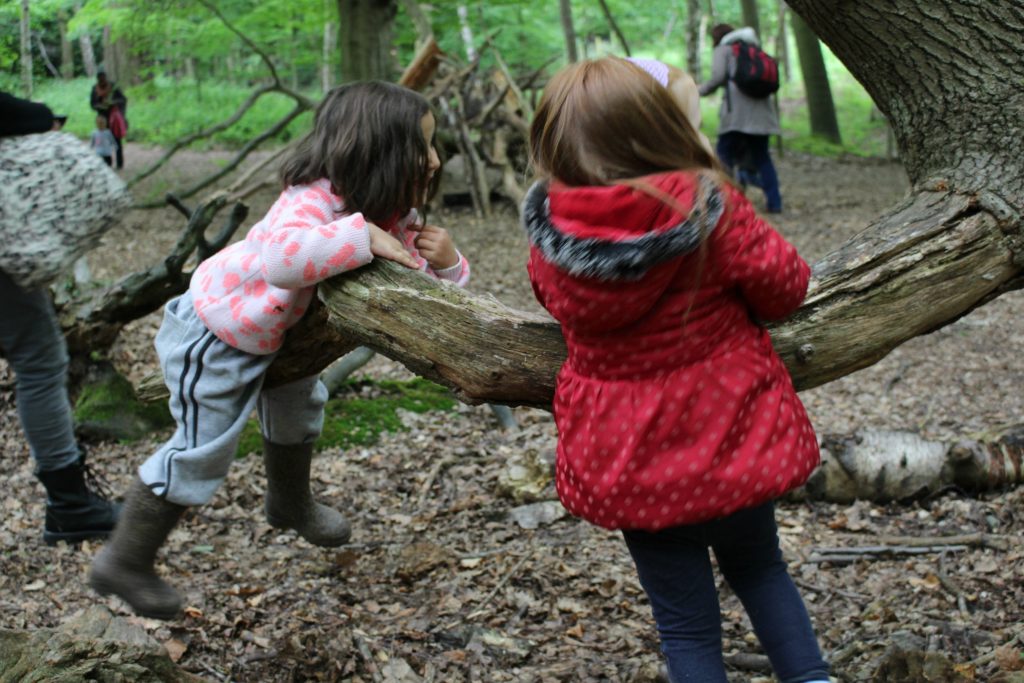Human beings are “hardwired” to take risks, from birth. Babies take their first independent breaths; they decide to try crawling and walking and then running; they try new foods; they see a tree and want to climb it. Sadly, an increasingly risk averse society is making physically active, playful risk taking ever more difficult for children to practise. Since play is the key way in which young children learn the skills and abilities they need for life, we do them no favours by preventing them from pushing the boundaries of their physicality. Even the Health and Safety Executive says, “The goal is not to eliminate risk, but to weight up the risks and benefits. No child will learn about risk if they are wrapped in cotton wool”. Serious injuries are of course to be avoided, but bumps, bruises, cuts and grazes are an unavoidable, and beneficial, part of childhood, teaching children (through repetition) how to manage their bodies in many different physical situations – in other words, how to react when they do encounter genuine danger.
When you’re out and about with children, aim to enable them to take risks, not prevent them. Risk taking is good for children: taking risks is exhilarating, and children want and need to take risks. Our role as adults is to make sure we enable this, without placing them in actual danger. It’s essential to evaluate the hazards honestly, not just focusing in on the worst-case scenario, but also considering the likelihood of serious injury and what children will gain by participating in the activity. This is called the “risk benefit” approach to play, and in the UK it has been developed and recommended by the Play Safety Forum, the Health and Safety Executive, and even the Department for Education.
So each time children head towards a feature or piece of play equipment, or try an activity that makes you anxious, try the Outdoors and Active Common Sense Top Tips to help them stay as safe as necessary:

Early Education
2 Victoria Square
St Albans
AL1 3TF
T: 01727 884925
E: office@early-education.org.uk